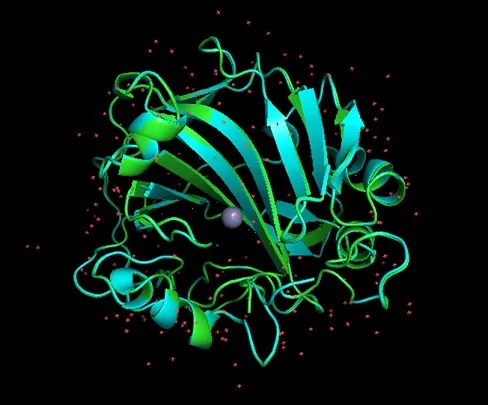Western Blot Protocol
Western blotting is a widely used immunological method for detecting specific proteins in complex mixtures. It combines the separation power of gel electrophoresis with the specificity of antibodies. The process begins with protein extraction from cells or tissues, followed by separation by SDS-PAGE based on molecular weight. Proteins are then transferred to a membrane (typically nitrocellulose or PVDF) and detected using specific antibodies. The primary antibody binds to the target protein, while the secondary antibody, conjugated to a reporter enzyme, enables visualization through chemiluminescent, fluorescent, or colorimetric detection.



